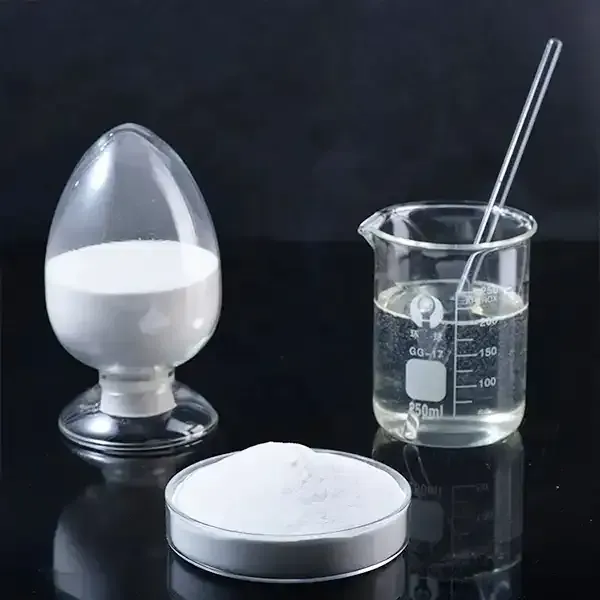Understanding Cellulose Ethers Applications and Importance
Cellulose ethers are a category of synthetic polymers derived from cellulose, a natural polymer sourced from plants. These compounds are formed through the substitution of hydroxyl groups in the cellulose molecule with various etherifying agents. This process results in cellulose ethers exhibiting unique properties that make them valuable in various industrial applications. The modification allows for a diverse range of functionalities, making cellulose ethers versatile agents in fields such as food, pharmaceuticals, cosmetics, and construction.
One of the most important characteristics of cellulose ethers is their water solubility. Depending on the molecular modifications, they can be hydrophilic or hydrophobic, influencing their solubility in water and other substances. Common types of cellulose ethers include methylcellulose, hydroxypropyl methylcellulose (HPMC), carboxymethyl cellulose (CMC), and hydroxyethyl cellulose (HEC). Each variant possesses distinct properties tailored for specific applications. For example, methylcellulose is widely recognized for its film-forming properties and is often used in food products as a thickening agent and stabilizer.
In the food industry, cellulose ethers are utilized as thickening agents, stabilizers, and emulsifiers. They help in improving the texture and consistency of various food products, including sauces, dressings, and ice creams. The addition of cellulose ethers can enhance the mouthfeel of foods while also extending shelf life by preventing separation of ingredients. As consumers increasingly demand clean-label products, cellulose ethers, being derived from natural sources, are viewed as a preferable alternative to synthetic additives.
Moreover, cellulose ethers play a significant role in the pharmaceutical industry. They are employed in the formulation of controlled-release medications, where they help to regulate the release of active ingredients over time. The hydrophilic nature of certain cellulose ethers allows them to swell in aqueous environments, which can lead to the formation of a gel-like matrix that prolongs drug release. This property is particularly advantageous in improving patient compliance, as controlled-release formulations reduce the frequency of dosing.
cellulose ethers

In the cosmetics sector, cellulose ethers serve as thickeners, stabilizers, and film-forming agents in lotions, creams, and gels. Their ability to impart a desirable texture while providing moisturizing benefits makes them highly sought after in skincare formulations. Additionally, cellulose ethers can function as binders in cosmetics, enabling the formulation of products that adhere well to the skin.
Construction and building materials have also seen the incorporation of cellulose ethers, where they contribute to improved workability and performance. When added to cement and mortar, cellulose ethers enhance the water retention capacity, allowing for better adhesion and reduced cracking during the drying process. Their ability to modify the rheological properties of these materials facilitates easier application and finishing.
Despite their numerous advantages, the production and use of cellulose ethers must be managed carefully. Environmental concerns related to the extraction and modification of cellulose, as well as potential impacts of synthetic byproducts, warrant continued research into sustainable practices in their production and application.
In conclusion, cellulose ethers stand as a testament to the innovative use of natural materials in diverse industries. Their unique properties enable them to fulfill various functional roles, enhancing the quality and performance of many products we use daily. As technology advances and consumer preferences shift towards sustainability, cellulose ethers will likely continue to gain prominence, providing eco-friendly solutions across multiple sectors. Their adaptability and effectiveness make cellulose ethers indispensable in modern manufacturing and product formulation.
-
Premium Detergent Grade HPMC Hydroxypropyl Methylcellulose: Superior Thickening & StabilityNewsAug.31,2025
-
HEC 100000 Hydroxyethylcellulose for Paint | Superior ThickeningNewsAug.30,2025
-
Wall Putty Rdp Powder Packaging DesignNewsAug.29,2025
-
Introduction to Hpmc Hydroxypropyl Methyl CellulosNewsAug.29,2025
-
Hpmc Industri Grade IntegrationNewsAug.29,2025
-
How to Choose the Right Construction AdhesiveNewsAug.29,2025




